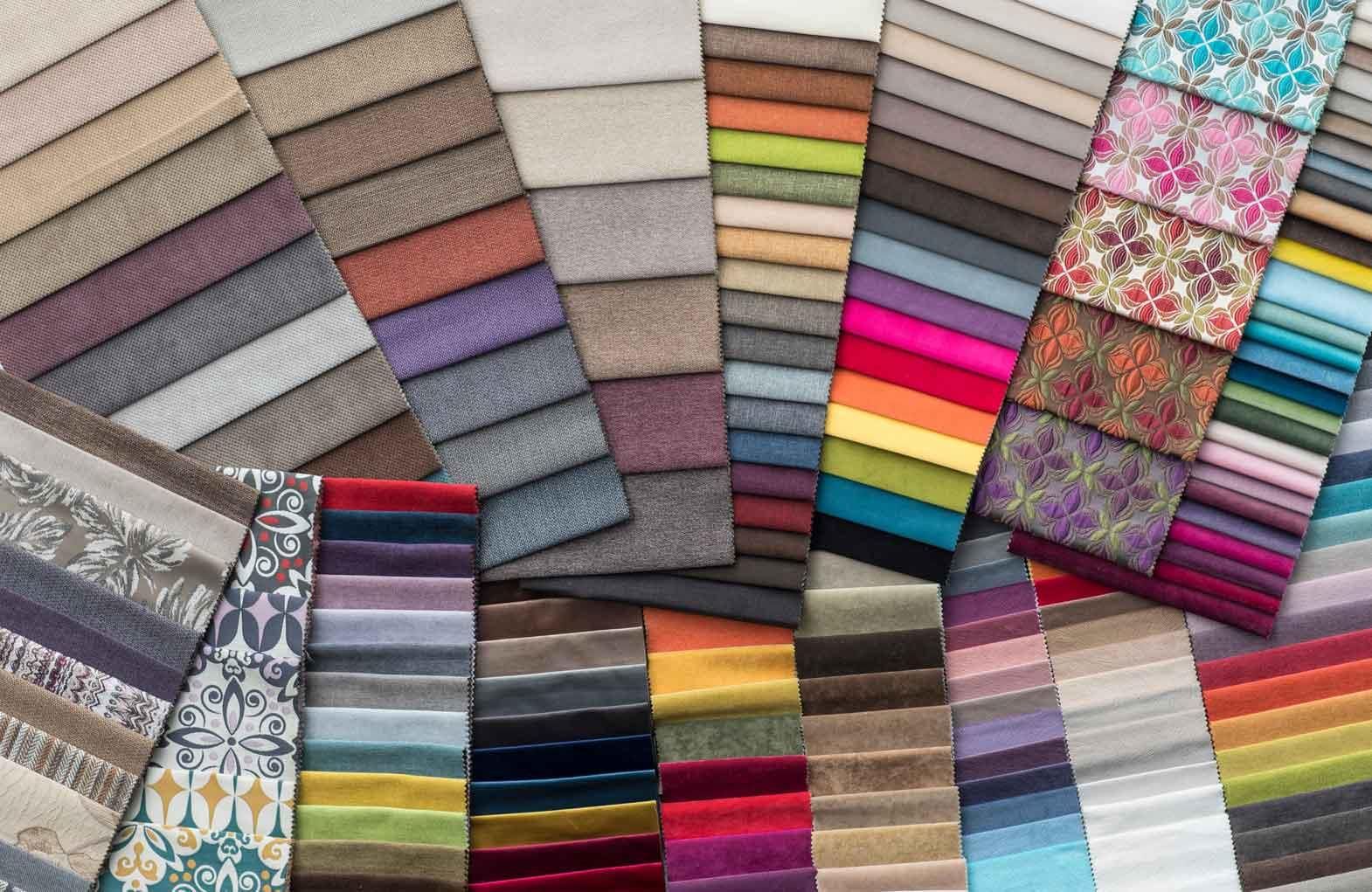A process, an art in itself, a creative field bridging fabric making and fashion designing.
Creating appealing designs on fabrics is one of the most enduring and functional aspects of decorative arts. Fabrics with alluring designs have become an integral part of life. Textile designing is an art of creating designs for knitted, woven, and non-woven fabrics. It also involves embellishments in fabrics. This process consists of making patterns for cloth with household applications like towels, carpets, etc.
Fabrics are made by weaving or knitting and are decorated through printing. Textile designing involves both surface design and structural design of a fabric. A sound knowledge of yarns, weaving, knitting, dyeing, and other finishing processes is required. The world of textile designing is incredible with beautiful hues, prints, and patterns. But the task of creating a striking design is a complex and more demanding process. A profound knowledge of the various facets of textile making, market demands, and current trends is necessary. Three skills are basically essential for textile designing; creative designing, working with a right blend of colors, and doing repeats. It is both challenging and profitable.
Core aspects:
The process of textile designing initiates on paper as a simple idea, continues its journey, and completes its cycle in a printed cloth. It includes various styles such as stripes, floral, geometric, checks, paisley, tropical, and many more. The process involves four steps:
Conceptualization of new designs.
Creating design samples.
Experimenting with various hues, to select shades complimenting with each other.
Designing the fabric, going in par with the current fashion trends.
The core aspect of textile designing involves designing the fabric by using different techniques such as printing, weaving, tracing embroidery, and color detailing. Once the process is conceptualized, virtual samples are created, and later on prototypes are executed.
Forbesindia.com reports textile entrepreneur Dinesh Himatsingka saying "design matters, for that's what creates added value and the differentiation in the eyes of the customer. Design can be appreciated only when we are aware of the idea of beauty. But of course, beauty is the biggest force! "
CAD software for Textile Designing:
The design is initially envisioned by the textile designer and is later on developed into woven or printed textiles. The deep understanding of the designer regarding the technical aspects of fibres, dyes, and yarns help in developing the designing process. Initially patterns were made on a special graph paper. However, currently with the advent of technology CAD software is used for the same. All types of fabric weaves, and designs are virtually made, and a virtual fabric is created.
Once the designer is satisfied, the required parameters are collected as per requirements to create the virtual design into actual form. CAD technology is now being adopted into every power loom industry. The software has potential applications in numerous areas such as carpets, blankets, and knitting industry. Textile designing can be used for creating interiors for home furnishings, clothing fabrics, and other textile products.
Career as a Textile designer:
Textile designing was unheard of vocation, until a few years ago. Growing need for textile and textile products motivate career options in this field. A successful career in textile designing requires creativity, technical knowledge, research, data handling capacity, and commercial awareness about the textile industry. The job needs a right blend of creative mind, and technical skills.
Many big corporates such as Raymond, Indian Terrian, Grasim, Lifestyles, Shingora International and Third World Exports offer opportunities for creative textile designers.
Textile designing Vs Fashion designing:
With all the requirements such as creativity, ability to play with the right blend of colors, keeping abreast of current trends, and being fashion savvy; closely related to the vital aspects of fashion industry, how does textile designing differ from fashion designing?
Both are closely related, dependent of each other, and fiercely competitive by nature. Textile designing does not have a glamorous appeal compared when with fashion designing. So, despite all benefits, the field still remains little unpopular. Each segment has its own niche.
Fashion is a main medium of self expression. With much scope of textiles, textile designing is gaining immense popularity. One of the main characteristic of textile is its design aspect, and textile designing is the main center of functioning.
References:
1) D3signmania.com
2) India-crafts.com
3) Forbesindia.com









Comments